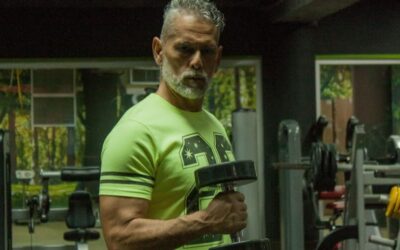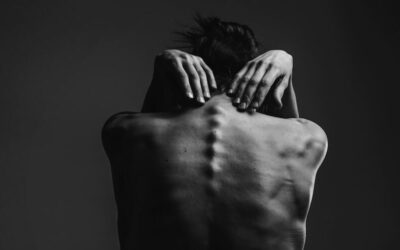Written by Dr. Michael Hollstegge PT, DPT, CAFS
Many people that enjoy the game of golf end up complaining of numerous aches and pains. The most common injury of the bunch being back pain. Back pain can be so debilitating that players will end up turning to medications, surgeries, and even sometimes giving up the game all together. What many players don’t know, is what the root cause of their back pain is to begin with. At RISE Physical Therapy, we can address a players physical limitations and provide them with the solutions to living a pain free life on and off the golf course.
What are the Key Biomechanical Components in a Golf Swing?
The human body is made up of an alternating series of mobile vs stable joints as we work our way up the kinetic chain. The ankle (mobile joint) is the first component in the golf swing. During the swing, the golfer needs mobility of the ankle in 3 planes of motion to avoid injury up the chain. The next joint that can experience injury with a lack of ankle mobility is the knee (stable joint). Many strong muscles cross the knee joint and can provide a lot of power in the golf swing when activated properly. The hip (mobile joint) is one of the most important components in a golf swing. It is also a crucial piece in avoiding injury in the knee joint below, as well as in the next joint above, the lumbar spine (stable joint). A mobile hip joint can provide a great deal of lower body rotation to create torque in the golf swing without asking the lower back to help out.
The lower back is meant to provide the golfer with a stable base and strong core to power the club through the ball. Moving up the chain, the thoracic spine (mobile joint) is another key component in avoiding lower back pain and being able to provide more torque and rotation in the golf swing. The scapulothoracic joint (stable joint) is the articulation of the shoulder blade along the rib cage. This joint is very important in protecting the shoulder (mobile joint) from muscular injury during the swing over time. Lastly, the elbow (stable joint) and wrist (mobile joint) make up the last final two joints in the golf swing. Next, we will explore the importance of the hips and thoracic spine in further detail.
Why Does My Back Hurt After Every Round?
Most amateur golfers and even professional golfers will have a deficit at some point in one of the mobile joints listed above that will lead to compensation by a stable joint. The compensation of stable joints will likely lead to injury in that joint. The lower back is commonly injured because it is sandwiched between the two most important mobile joints: the hips and the thoracic spine.
Many amateur players have a hard time getting on the course frequently due to work restrictions or life requirements which proposes a problem. When people are sitting all day at work, their hips end up tightening up and their thoracic spine stiffens. Without proper stretching and functional movement before rounds, they end up playing with stiff hips which forces them to need to rotate through their lumbar spine. The most common limitation in player’s hips is in their internal rotation. This motion occurs in the back leg during the backswing swing and in the front leg in the downswing and follow through. The most common limitation in a players thoracic spine is in rotation, which occurs during both the backswing and down swing. We will now explore some stretches you can do to work on these limitations and improve your back pain.
Exercises to Improve Hip and T-Spine Mobility
1) Standing Step-Through Exercise for Thoracic Rotation
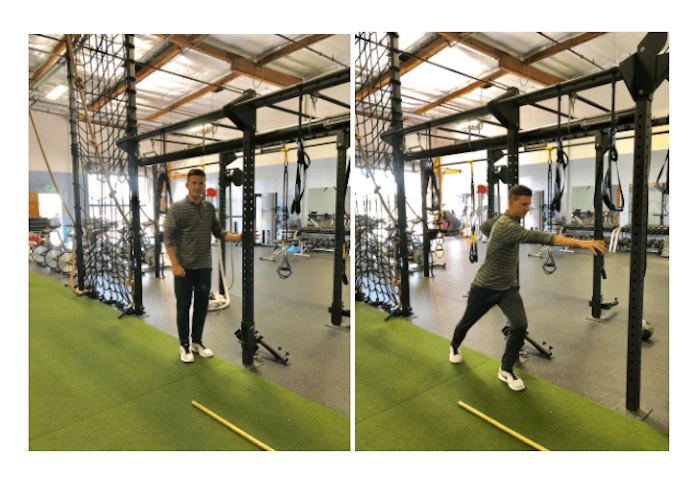
2) Transverse Dowel Pendulum Exercise for Thoracic Rotation
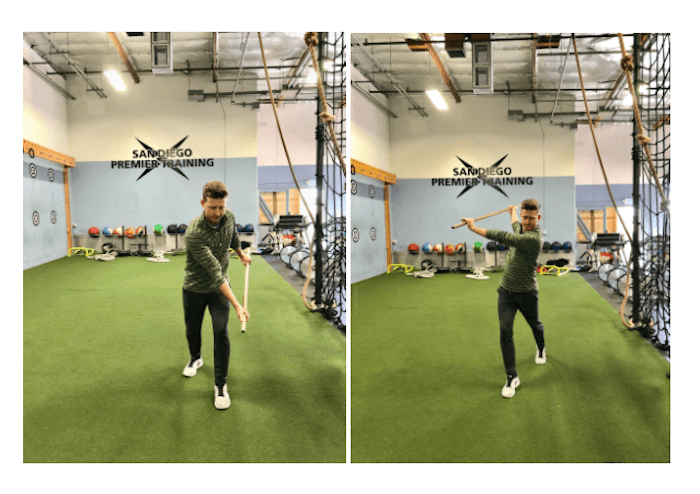
3) Standing Stork Turns Exercise for Hip Rotation
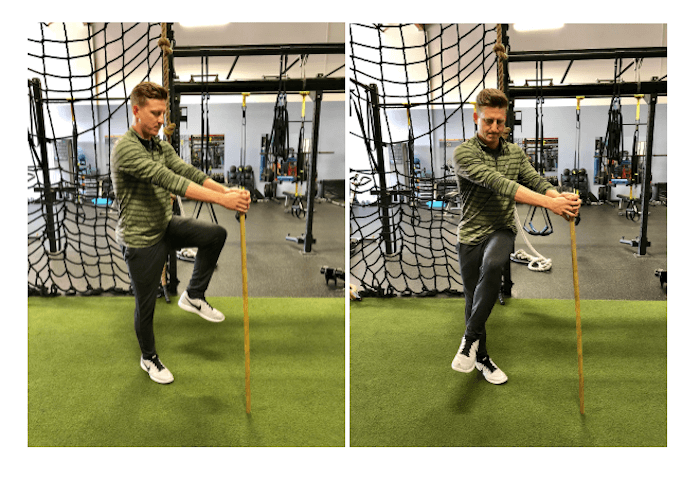
4) High-Kneeling Thoracic Spine Dowel Rotation Exercises
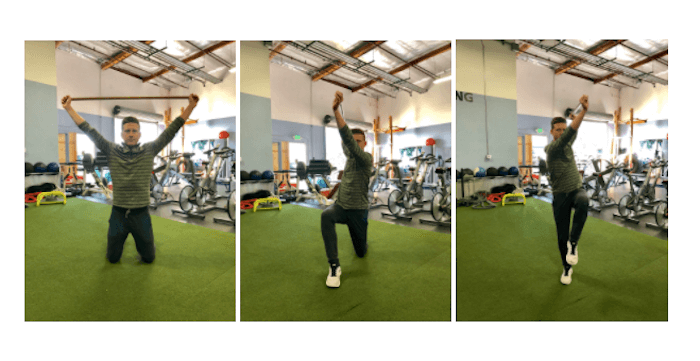
![low-back-pain-golf-swing[1] image of multiple stages of a golf swing](https://www.risephysicaltherapy.com/wp-content/uploads/2023/04/low-back-pain-golf-swing1.jpg)
